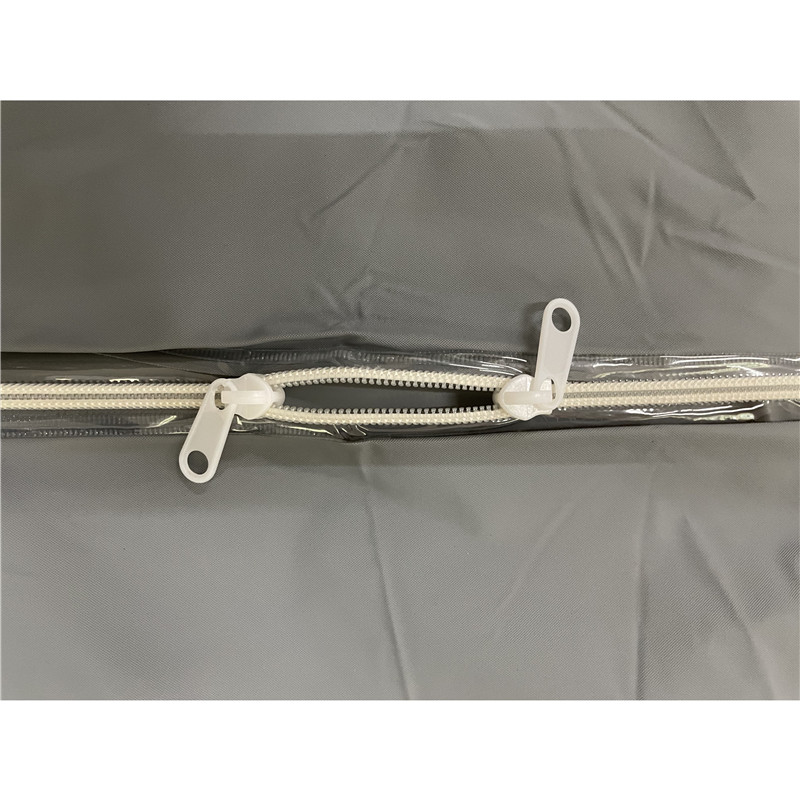ਨਵੰ. . 05, 2024 21:43 Back to list
waterproof coat manufacturer
The Evolution of Waterproof Coat Manufacturers Delivering Protection and Style
In an age where outdoor activities are increasingly popular, the demand for high-quality waterproof coats has surged. As outdoor enthusiasts, hikers, and casual wearers seek reliable protection against the elements, waterproof coat manufacturers have had to innovate and adapt to meet these evolving needs. This article examines the evolution of waterproof coat manufacturers, the technologies involved, and what consumers should consider when choosing a waterproof coat.
The History of Waterproof Coats
The history of waterproof clothing dates back to ancient times, where animal skins were used to repel water. However, modern waterproof coats can be traced back to the 19th century with the advent of rubberized fabrics. Thomas Hancock, an English inventor, pioneered the process of making waterproof garments that became essential for sailors and laborers exposed to the elements.
Moving into the 20th century, significant advancements in textile technology paved the way for modern waterproof materials. The development of Gore-Tex in the 1970s revolutionized the industry by introducing a breathable yet waterproof fabric, allowing manufacturers to create coats that not only protected against rain but also provided comfort through moisture management.
Innovations in Waterproof Technologies
Today, waterproof coat manufacturers leverage various innovative technologies to enhance performance. These include
1. Membranes and Laminates Advanced laminates and membranes, such as Gore-Tex, eVent, and Futurelight, are used to create lightweight coats that offer superior waterproofing without sacrificing breathability.
2. DWR Coatings Durable Water Repellent (DWR) coatings are applied to fabric surfaces to prevent water from soaking in. These coatings are often re-applied to maintain performance and are a key feature in many waterproof products.
3. Seam Sealing Seam sealing technology has become critical in waterproof coats. Manufacturers employ various sealing techniques to ensure that seams and zippers, which are often weak spots, do not allow water penetration.
4. Sustainability In response to growing environmental concerns, many manufacturers are adopting sustainable practices. This includes using recycled materials, eco-friendly DWR treatments, and transparent supply chain practices, enabling consumers to make more environmentally conscious choices.
waterproof coat manufacturer

5. Smart Fabrics The incorporation of smart technologies is on the rise, with manufacturers experimenting with textiles that can adapt to weather conditions, change insulation levels, or even monitor the wearer’s physical activity.
Choosing the Right Waterproof Coat
For consumers looking to invest in a waterproof coat, there are several factors to consider
1. Intended Use Identify the primary use of the coat. Are you hiking in the mountains, commuting in the city, or simply need protection for casual outings? Different activities may require varying levels of waterproofing, breathability, and insulation.
2. Fit and Comfort A waterproof coat should fit comfortably without restricting movement. Look for features like adjustable cuffs, hems, and hoods that allow for customization and enhanced fit.
3. Breathability High breathability is crucial for active use, preventing moisture from building up inside the coat. Look for fabrics rated with a high MVTR (Moisture Vapor Transmission Rate) for optimal performance.
4. Weight and Packability If you plan to carry the coat in a backpack, consider a lightweight and packable design. Many manufacturers offer options that compress easily without sacrificing performance.
5. Durability Consider the durability of the materials and construction. A coat that withstands wear and tear is essential for long-term use, especially in rugged environments.
6. Style While functionality is paramount, personal style should not be neglected. Many manufacturers now produce waterproof coats in various colors and designs, allowing consumers to express their sense of style even in inclement weather.
Conclusion
As waterproof coat manufacturers continue to innovate and adapt to the needs of consumers, the market is likely to see even more advancements in technology and sustainability. Whether you are an outdoor adventurer or just looking for reliable protection against rain, understanding the factors that contribute to a high-quality waterproof coat will empower you to make informed choices in your next purchase. With an array of options available, finding the perfect blend of protection and style has never been easier.
-
Workshop Aprons Manufacturer Durable & Custom Workwear Supplier
NewsJun.01,2025
-
PVC Rainsuits Manufacturer Waterproof & Durable Rainwear Factory
NewsJun.01,2025
-
Premium Workshop Aprons - Durable, Custom Designs & Bulk Orders
NewsJun.01,2025
-
PEVA Rainsuit Lightweight, Waterproof & Eco-Friendly Rainwear
NewsJun.01,2025
-
Shroud Body Bags Durable, Waterproof & Certified Manufacturers
NewsJun.01,2025
-
Animal Cadaver Bags Leak-Proof & Durable Solutions for Safe Disposal
NewsJun.01,2025





